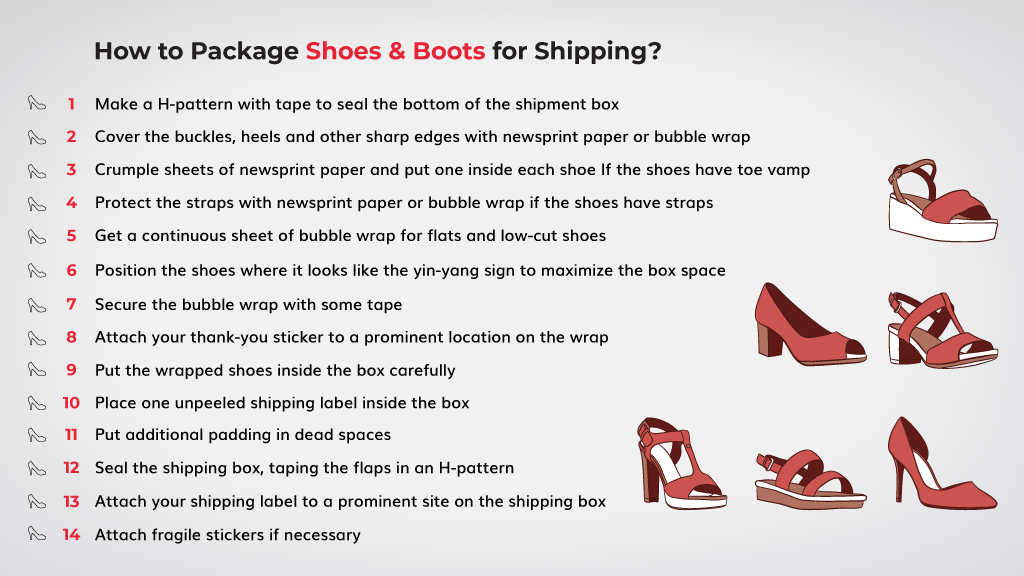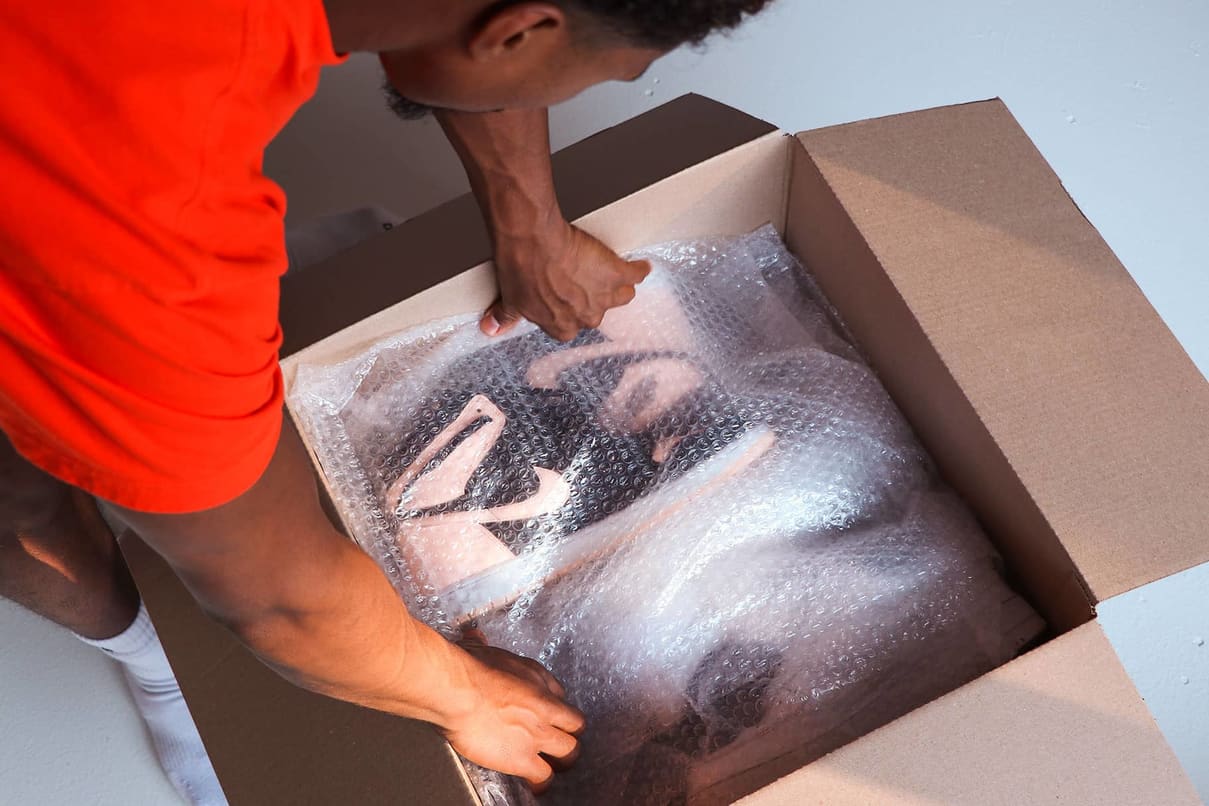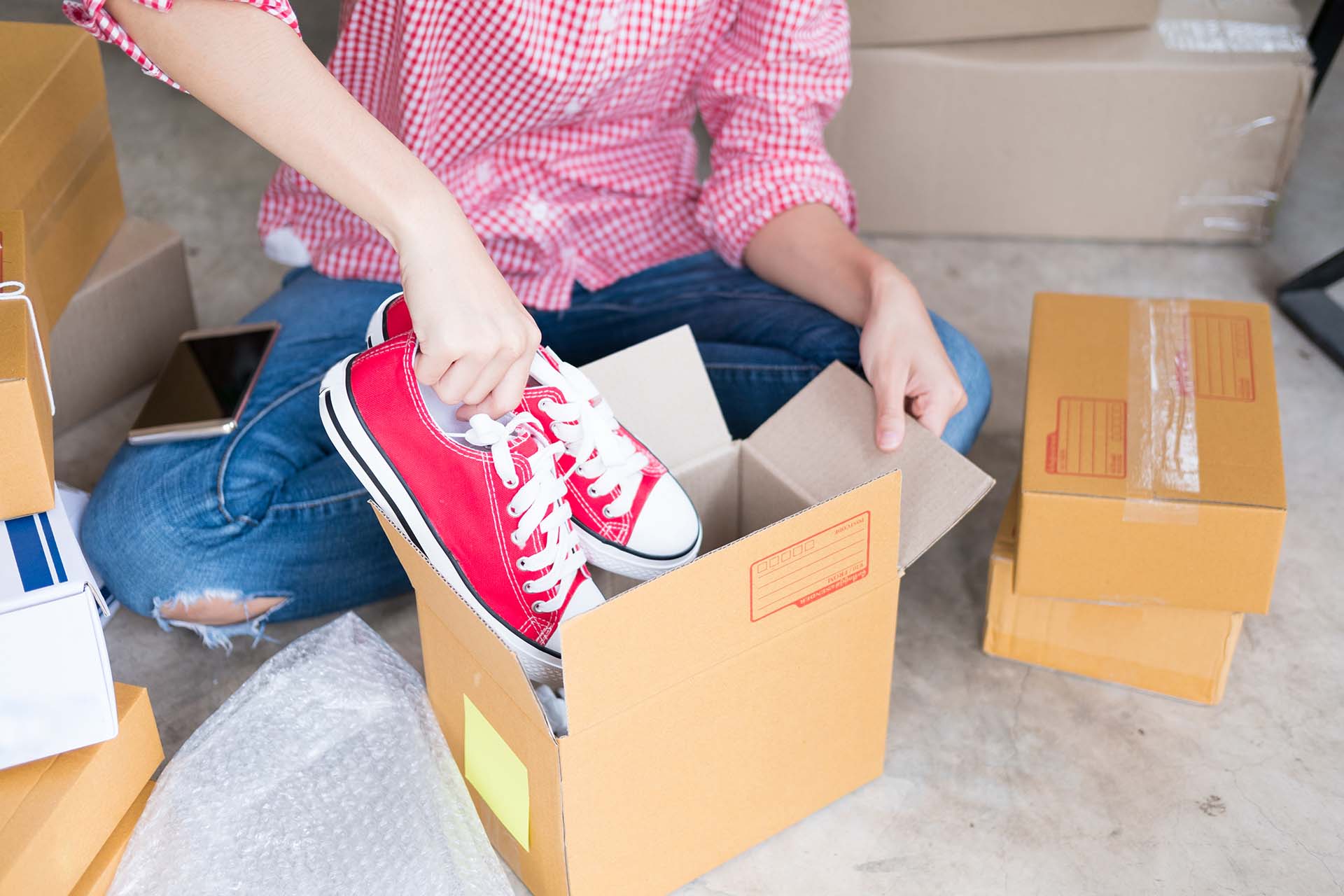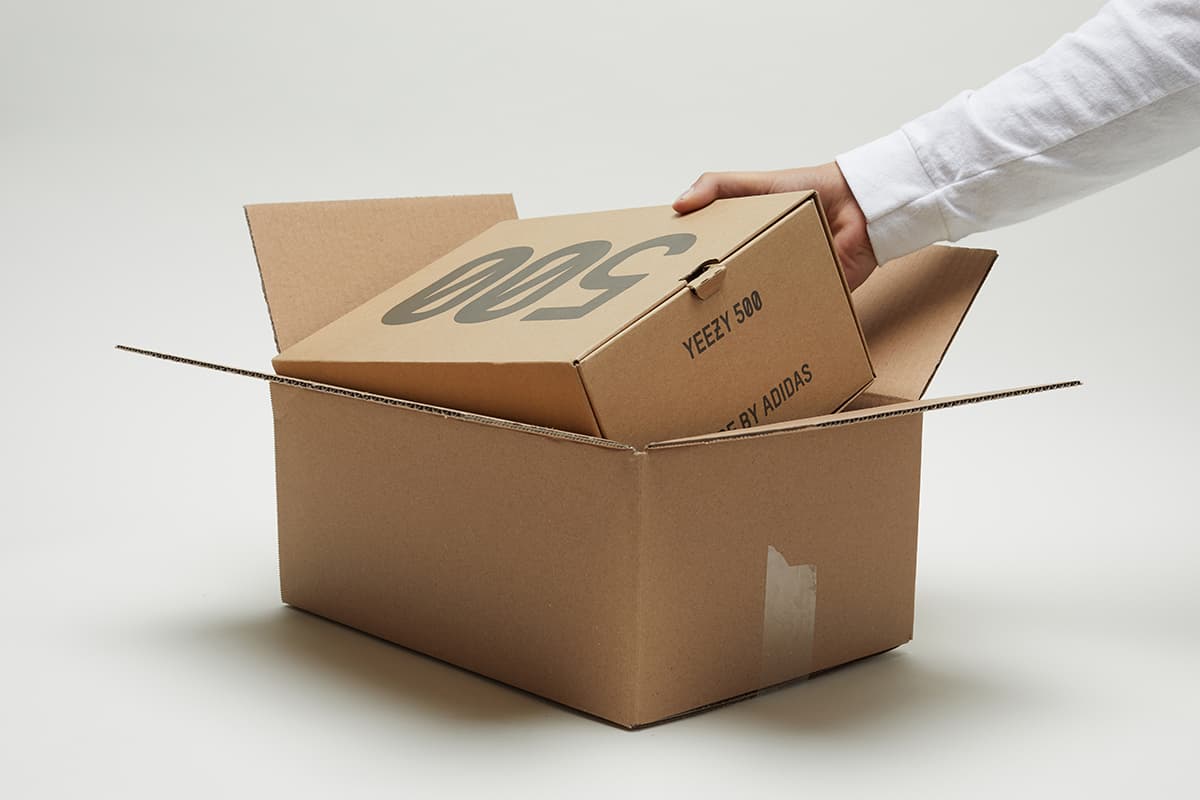Shipping shoes can seem straightforward, but packing them correctly requires knowledge and finesse. Whether you’re a shoe enthusiast wanting to send a pair to a friend, or a business owner needing to ensure that your products arrive safely, knowing how to pack shoes for shipping is crucial. In this article, we’ll share expert tips, real-world experiences, and even comparisons to ensure your shoes arrive in perfect condition. Let’s dive in!
Why Proper Packing is Essential
Shipping shoes might look easy, but improper packing can lead to significant damage. Shoes are not only expensive; they also come in various materials and designs, making them susceptible to creasing, scuffing, and other forms of damage. Proper packing methods ensure that your shipment arrives at its destination without a scratch, preserving the aesthetic and functional qualities of the footwear.
Understanding the Risks
- Material Damage: Different materials, like leather, suede, and synthetic fabrics, require specific handling to prevent damage.
- Shape Retention: Shoes can lose their shape if not properly supported during transit.
- Environmental Factors: Moisture, heat, or cold conditions can affect shoe integrity, especially in non-ventilated boxes.

What You Need to Pack Shoes for Shipping
To pack shoes properly for shipping, you’ll require specific materials and tools. Here is a thorough checklist:

Essential Packing Materials
- Boxes: Sturdy cardboard boxes are essential for protecting shoes. Consider the size and strength of the box based on the type of shoes. A simple shoebox might suffice for single pairs, but larger or heavy footwear may need a reinforced box.
- Packing Material: Bubble wrap, packing paper, or foam inserts will help cushion the shoes during their journey.
- Shipping Tape: Good quality packing tape will keep your box secure. Use wide tape to seal all ends properly.
- Labels: Clearly label your package with the destination address, ensuring that it’s legible and weatherproof.

Step-by-Step Guide to Packing Shoes for Shipping
1. Clean the Shoes
Prior to packing, always clean your shoes. This prevents any dirt or debris from being trapped inside the box. Depending on the material, you can use a damp cloth or specific cleaners. For instance, suede shoes might require a special brush, while canvas can typically be hand-washed. Ensuring your shoes are clean before packing not only enhances their appearance upon arrival but also shows professionalism if you’re shipping for business.

2. Stuff the Shoes
To maintain the shape of your shoes during transit, stuff the insides with packing paper, bubble wrap, or even old newspapers. This step is especially important for shoes that are soft or have flexible materials. Filling the insides prevents them from collapsing and minimizes creasing, ensuring the shoes look just as good as when they left your hands.
Real-World Example
A case study conducted by the Shoe Care Institute highlighted instances where improperly packed shoes resulted in damages to the upper materials. Shoes that were stuffed adequately showed 25% less damage compared to those that weren’t.

3. Wrap the Shoes
Next, wrap each shoe individually in bubble wrap or tissue paper to protect them against scratches and impact. Use at least two layers of bubble wrap for added protection, especially if you’re shipping high-end footwear. The goal is to create a buffer between your shoes and the potential impact from any bumps or drops during transit.
4. Choose the Right Box
Choosing the right box is crucial. If you’re using the original shoebox, ensure it’s in good condition. For extra protection, you can place that shoebox inside a larger cardboard box. Ideally, the box should be snug enough that the shoes don’t move around but not so tight that they get squished. The Packaging Institute recommends using double-walled boxes for heavier shoes, such as boots.

5. Secure the Box
Once the shoes are in the box and wrapped securely, seal all openings with high-quality packing tape. Be generous with the tape and apply several strips along the seams and edges. This ensures that the box won’t open during shipping. If using a larger box, consider using a plastic shipping bag for extra protection against moisture.
6. Labeling Your Package
Label your package clearly with the recipient’s information and your return address. It’s wise to include any special instructions, like “Fragile” or “Handle with Care,” to alert postal workers to your valuable contents. Use waterproof labels if possible to keep your information legible throughout the shipping process.

7. Choose a Reliable Shipping Carrier
When it comes to shipping, not all carriers are created equal. Depending on your needs and budget, you can choose from various shipping carriers like USPS, UPS, and FedEx. Compare their services based on delivery speed, tracking capabilities, and pricing. For high-value items, consider options like insurance coverage to protect against loss or damage.
Comparing Packing Methods for Different Types of Shoes
The method of packing can vary based on the type of shoes you are shipping. Below is a comparison of packing methods based on different footwear categories:
| Type of Shoe | Recommended Packing Method | Pros | Cons |
|---|---|---|---|
| Casual Sneakers | Stuff, wrap, and box | Lightweight, easy handling | May require larger boxes for multiple pairs |
| High Heels | Wrap individually, use cushioning | Protects delicate materials | Higher chance for scratches if not secured |
| Boots | Use a sturdy box and stuffing | Prevents shape loss, protects structure | Heavier, may incur higher shipping fees |
| Designer Shoes | Wrap in tissue, box, and sign | Shows professionalism, protects investment | Requires more time to pack securely |
Tips for Optimizing Your Shoe Shipping Process
Track Your Shipments
Always choose a shipping method that provides tracking information. This keeps you informed of your shipment’s status and allows you to communicate with the recipient about delivery timelines. Regular updates can also help reassure customers that their purchases are on the way.
Consider Local Options
If shipping domestically, explore local courier services that may offer faster and potentially cheaper shipping options. Services like DoorDash or Uber Connect offer innovative shipping solutions in urban areas where traditional carriers might lag.
Use Eco-Friendly Packing Materials
As sustainability becomes more important, consider using biodegradable packing materials. Eco-friendly options like recycled paper or biodegradable bubble wrap minimize your environmental footprint, which is increasingly relevant to customers today.
Pros and Cons of Different Packing Methods
Pros of Proper Shoe Packing
- Minimizes the risk of damage during transit.
- Enhances professional image for businesses.
- Increases customer satisfaction with timely, undamaged deliveries.
Cons of Improper Shoe Packing
- Higher chances of damage and returns.
- Increased costs due to re-shipping.
- Negative customer experiences and reviews.
FAQs about Packing Shoes for Shipping
1. Can I use a regular box to pack shoes?
Yes, you can use a regular box, but ensure that it’s sturdy enough to hold the weight of your shoes without collapsing. Reinforced boxes are ideal, especially for heavier footwear.
2. Should I remove the shoelaces before packing?
It’s not necessary to remove the shoelaces unless they are particularly long or fragile. If they are, consider tucking them inside the shoes or wrapping them to avoid tangling.
3. How do I protect against moisture during shipping?
To protect against moisture, you can use plastic shipping bags, moisture-absorbing packets, or simply ensure that your box is weatherproof and sealed properly.
4. Is insurance necessary for shipping shoes?
If you’re shipping high-value shoes, consider adding insurance as a precaution against loss or damage during transit. Most carriers offer this service for an additional fee.
5. Can I reuse shoeboxes for shipping?
Yes, reused shoeboxes are fine as long as they are in good condition. Make sure to cover any old labels to avoid confusion during transit.
6. How can I ensure shoes don’t get crushed in transit?
Stuff the shoes to maintain their shape and ensure they are securely wrapped and cushioned in the box. A snug fit within a sturdy box will help prevent crushing.
7. What’s the best way to ship high heels?
Wrap each shoe separately in bubble wrap, stuff them, and place them in a sturdy box with ample cushioning to protect against fragile materials.
8. Are there any special considerations for shipping boots?
Boots should be packed in a larger box with extra stuffing to maintain their shape and protect them from damage. Take special care with the materials used in the boot’s construction.
9. Can I ship shoes internationally?
Yes, you can ship shoes internationally, but be aware of potential customs fees and regulations in the destination country. Use a reliable shipping service to ensure safe transit.
10. How do I track my shipment?
Most shipping carriers provide tracking numbers once your package is shipped. Use this number on the carrier’s website or app for real-time updates.
Conclusion
Properly packing shoes for shipping is essential to ensure they arrive in perfect condition, whether you’re sending a gift to a friend or fulfilling an order for your business. By following the steps outlined in this guide and considering the various tips and practices, you can improve the shipping experience for both you and the recipient.
For more information on maintaining your footwear and professional packing practices, consult resources such as the Shoe Care Resource Library.